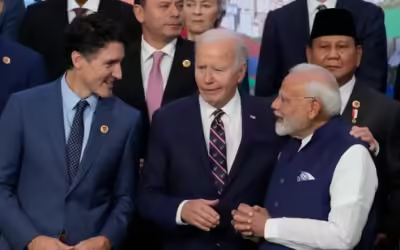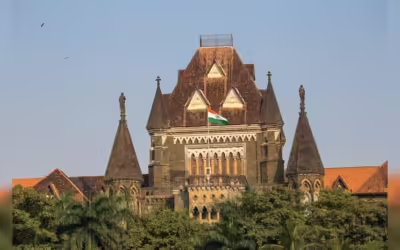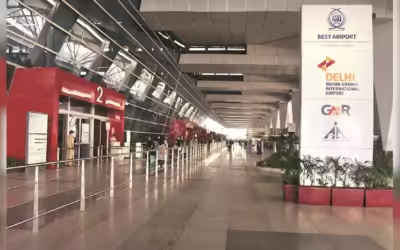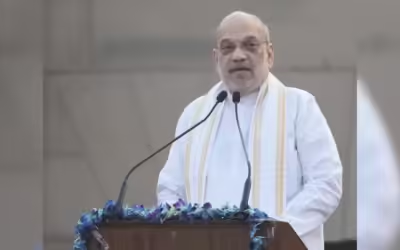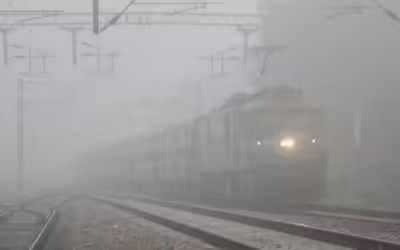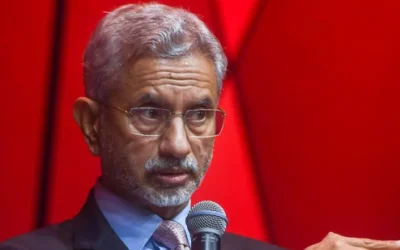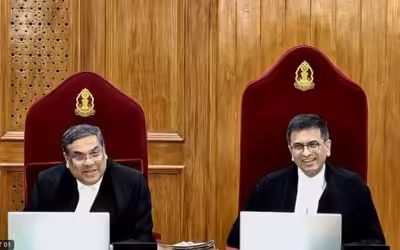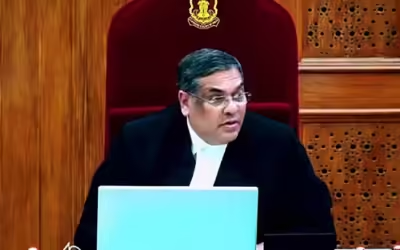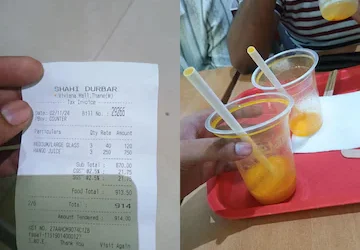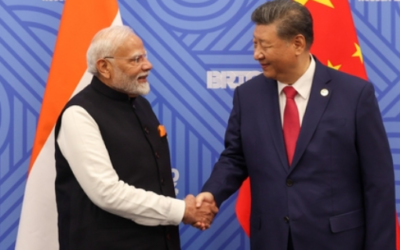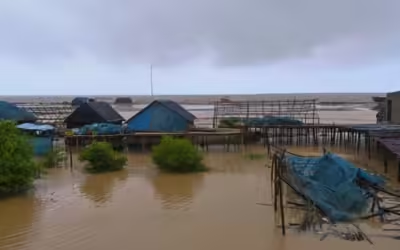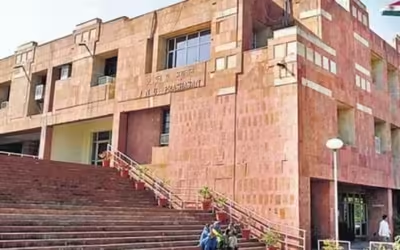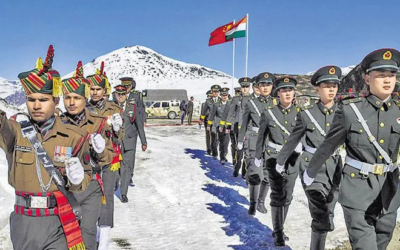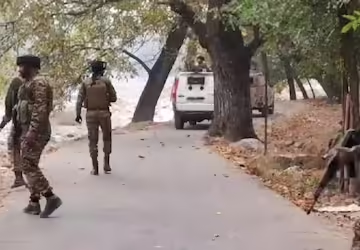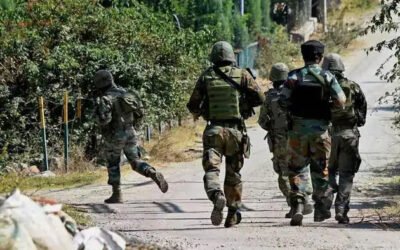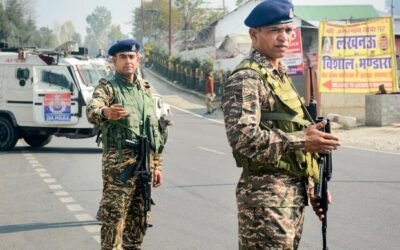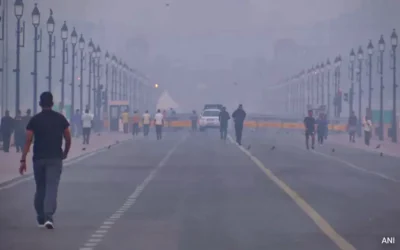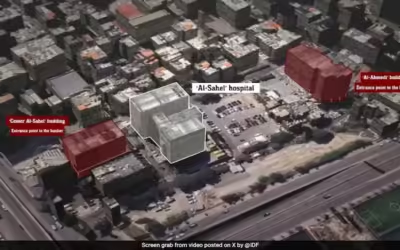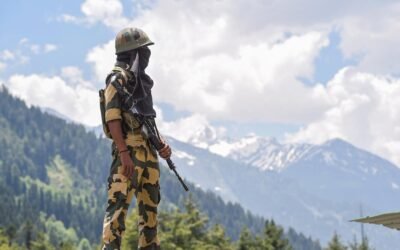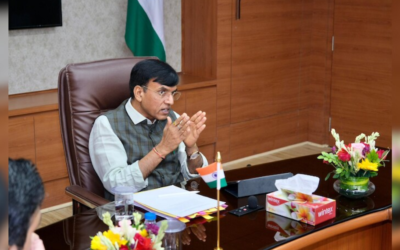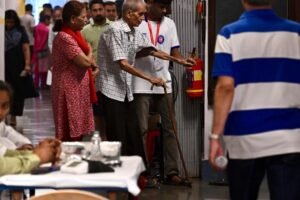Sources indicate that despite ongoing advancements, the likelihood of an abrupt withdrawal of troops positioned along the Line of Actual Control (LAC) remains low. Nevertheless, the ongoing talks are setting the stage for a possible encounter between Prime Minister Narendra Modi and Chinese President Xi Jinping at the upcoming BRICS summit in Russia. Efforts to build trust will continue, including the scheduling of monthly discussions between military leaders from both countries.
A source pointed out that the groundwork set in place might lead to a more extensive bilateral discussion between Modi and Xi during the upcoming BRICS summit in Kazan, Russia. The source emphasized that the ultimate resolution regarding disengagement and de-escalation would heavily rely on the results of the expected Modi-Xi encounter, marking a significant advancement towards enhanced relations.
The concerns related to the Depsang Plains seem to have been addressed, as Chinese troops have supposedly agreed to withdraw to their previous locations. Indian troops can now navigate through the bottleneck area without any hindrance, a location of strategic importance that had been blocked by China since 2020. Furthermore, the defensive encampments established in this region after 2020 are slated for removal. Before 2020, Chinese military presence had obstructed Indian patrols from reaching the crucial “Y junction” beyond the bottleneck.
Sources have reported that the Ministry of External Affairs has verified the recommencement of patrols in all areas of the long-disputed region of Demchok. Nonetheless, it is uncertain if the Indian military will resume patrolling the Charding La pass, a practice discontinued since 2020. Furthermore, reports suggest that a tent previously set up by Chinese troops following the 2020 confrontation has been taken down.
Patrols will be reinstated at various idle locations like the north shores of Pangong Tso, Galwan Valley, Hot Springs, and Gogra, limited to the “mutually accepted perceived LAC.” This term denotes a shared delineation, notwithstanding each side’s distinct views on the border. Sources have verified that patrols will cease approximately 200 to 300 meters before this conceptual boundary line.
Years of diplomatic and military negotiations culminated in Monday’s announcement. Four and a half years after tensions along the border surged in May 2020, India declared it had reached an accord with China on disengagement and the resumption of patrolling. “In recent weeks, Indian and Chinese diplomats and military officials have been in continuous dialogue across multiple forums. As a result, we have agreed on a patrolling arrangement along the LAC, leading to disengagement and the resolution of the issues that arose in 2020,” said Foreign Secretary Vikram Misri, speaking ahead of Prime Minister Modi’s upcoming BRICS trip.
Asked for further clarification, Misri reaffirmed, “We’ve reached an understanding on the matters under discussion.” His comments followed Defence Minister Rajnath Singh’s remarks on October 11, in which he stated that India remains “cautiously optimistic” about resolving the border tensions with China.
India and China’s recent agreement involves a return to patrolling up to the “agreed perceived LAC,” including in critical areas like the Depsang Plains and Demchok. Immediate troop withdrawals remain unlikely, except for those normally pulled back in the winter months. Patrolling will resume but will halt again as winter approaches, as per the usual practice of recent years. During this period, further discussions on complete disengagement will continue.
A new set of guidelines has been put in place for the patrols that have recommenced. Following the terms of the agreement, patrols will be reintroduced in the same areas covered before 2020, such as the region spanning from PP10 to PP13 in the Depsang Plains. Patrols are scheduled to occur bi-weekly, with a specific team of 15 members per patrol to reduce the chances of encounters. In order to prevent any possible conflicts, both parties will plan their patrols along the LAC ahead of time.







